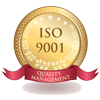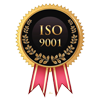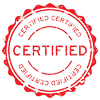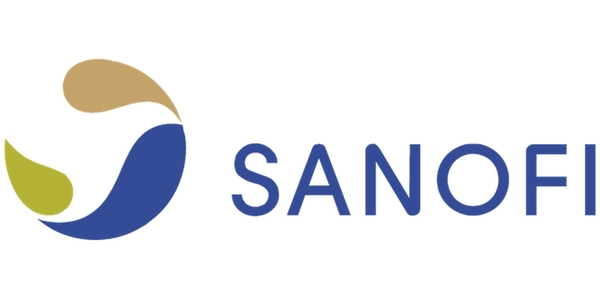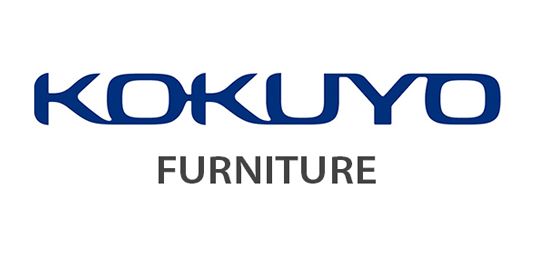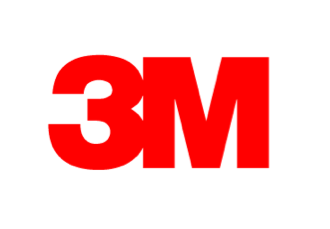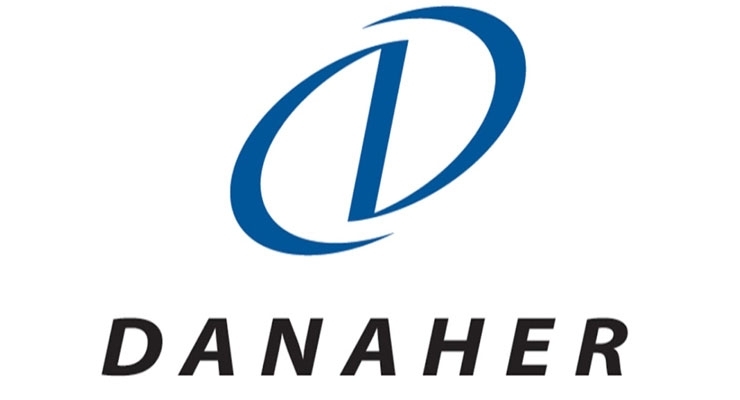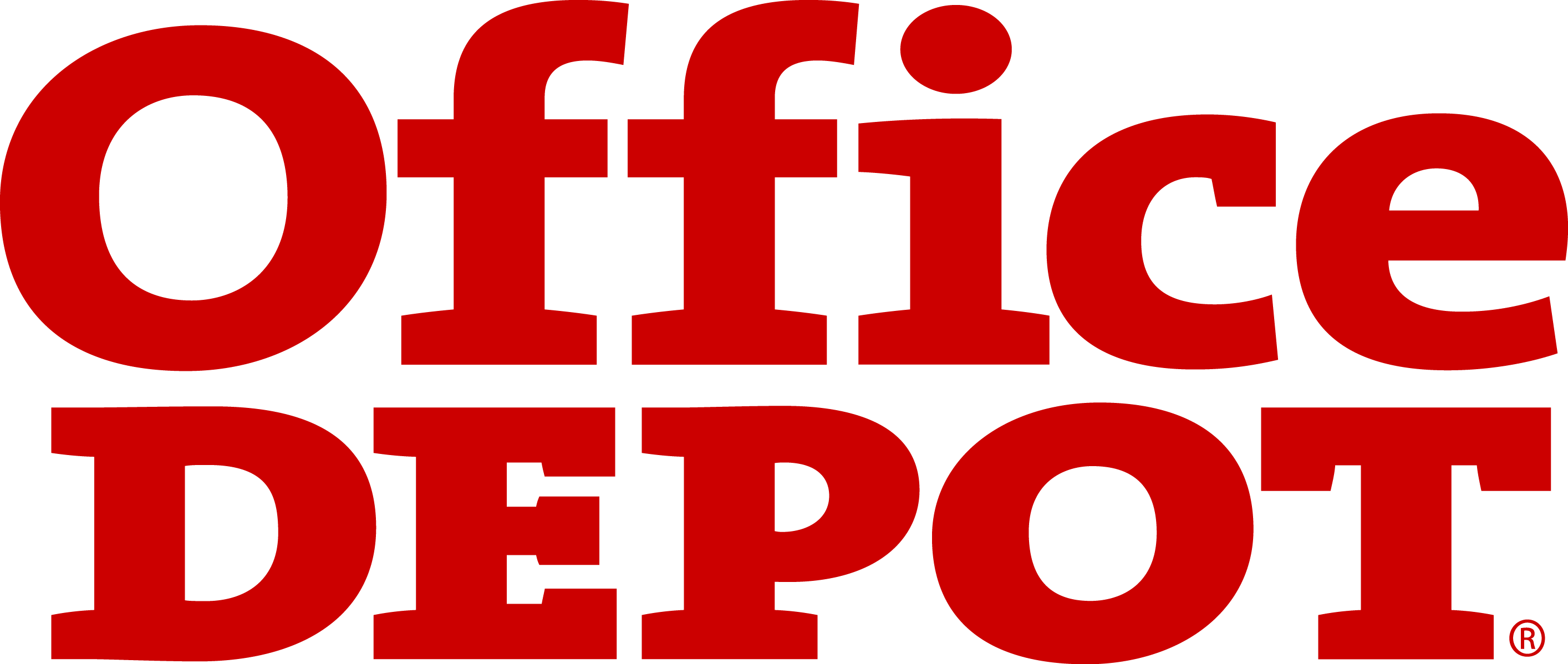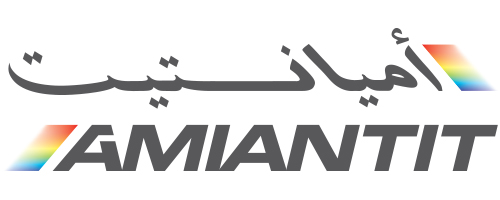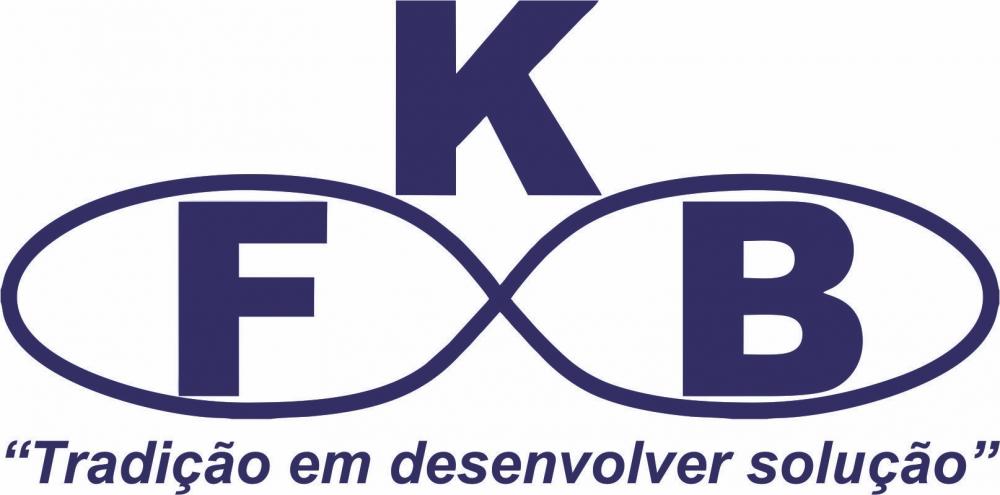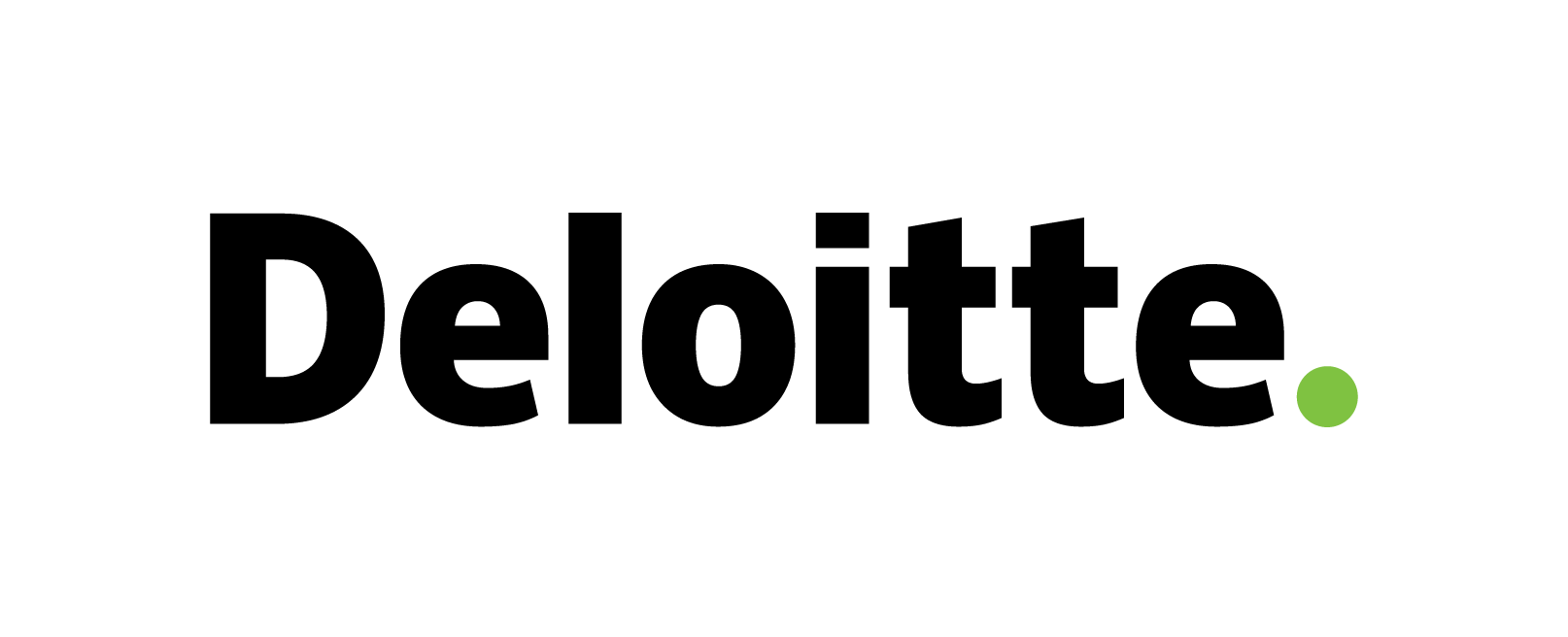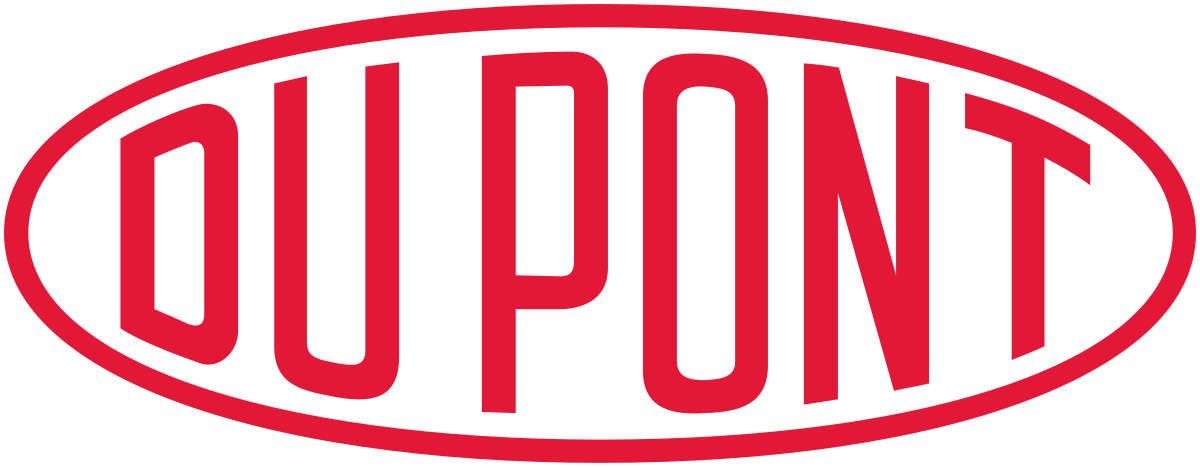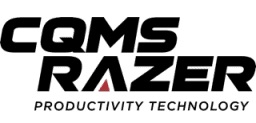Home Diagnostics Market: Global Size, Share, Trends, Growth and Forecast, 2022-2032
Home Diagnostics Market: Overview and Definition
The home diagnostics market includes a wide range of medical diagnostic tests and devices that can be used by patients in the comfort of their own homes. These tests and devices include blood glucose meters, pregnancy tests, blood pressure monitors, thermometers, and other devices that provide information about a patient's health status.
The global home diagnostics market is driven by the increasing demand for cost-effective and convenient healthcare solutions, the growing prevalence of chronic diseases, and the increasing trend of self-care and self-monitoring of health. Home diagnostics devices and tests enable patients to monitor their health status and manage their chronic conditions without the need for frequent visits to healthcare facilities.
Home diagnostics devices are designed to be easy to use, reliable, and accurate. They may use various technologies such as biosensors, optical sensors, and mobile applications to provide patients with real-time health data. Some home diagnostics devices can also transmit data to healthcare providers, enabling remote monitoring of patients.
The home diagnostics market is highly competitive, with key players including Roche Diagnostics, Abbott Laboratories, Siemens Healthineers, and Johnson & Johnson. The market is also characterized by several regional players in different parts of the world.
Overall, the home diagnostics market is expected to continue to grow in the coming years, driven by the increasing demand for cost-effective and convenient healthcare solutions, the growing prevalence of chronic diseases, and the increasing trend of self-care and self-monitoring of health. The development of new home diagnostics devices and tests with improved accuracy and functionality is also expected to contribute to market growth.
Home diagnostics is gaining popularity around the world at an excellent pace, and it is a burgeoning market. Due to the very advanced technology in this sector, users can check and monitor health with home diagnostics kits in their homes' comfort. This includes checking glucose levels, blood samples, cholesterol, etc.
The home diagnostics kit market will grow at a rate of 10% over the period from 2022 to 2032.
Market Drivers
Home diagnostic kits are cost-effective, confidential, and less time-consuming. They now come with cutting edge technology such as Artificial Intelligence (AI) and Internet of Things (IoT). Home diagnostics have changed the overall diagnostics space, making the procedure simple to be executed from home. The residents of developed countries such as North America and Europe are the home diagnostics kit's significant consumers.
Adopting these kits has helped gain a lot of traction in recent years due to the economic cost. The maximum market share of the home diagnostic kits market was held by the United States in North America, contributing around 40% of the market revenue and growing over the coming years. There is high usage of home diagnostics kits in Europe, the United Kingdom, France, and Germany. There are many competitors in the home diagnostics market, but the ones with high-end technology in their products to eradicate any issues, will survive. The demand for home diagnostics kits has also increased due to diseases such as diabetes and obesity. In the year 2019, more than 436 million people were living with diabetes in the age group of 20 to 79, and this number is expected to reach 700 million by 2045. This sector is likely to grow due to the use of cutting-edge technologies such as IoT and AI.
1614173624.jpg)
If the home diagnostics products are appropriately marketed, there can be potential demand in developing regions such as Latin America and the Asia Pacific, including economies across these regions. The adoption of home diagnostics is led by the United States and other developed countries compared to other developing countries. The countries have started adopting home diagnostics kits such as pregnancy kits, HIV test kits, and diabetes, etc. However, the usage of home diagnostic is comparatively slow in developing regions, and it requires location-specific strategies that can target the right audience in these countries.
Due to modern and fast-paced lifestyles diseases such as diabetes have become more prevalent. This is the primary driver increasing the adoption of home diagnostics kit as it allows more individuals to monitor their blood sugar levels at home. As health conditions have increased by modern lifestyle, many companies have prompted many companies to create technologically advanced equipment that can effectively identify various health problems. Customer trust is crucial in this industry, including precision and reliability.
The companies manufacturing the home diagnostic kits have to adhere to stringent rules and regulations laid down by this sector's regulatory bodies. And this has increased the cost of production, which is a significant cause for the unpopularity of home diagnostics kits, especially in developing nations. The developing countries are high potential markets with large populations. But the budgets are meager in these regions, which is hindering the adoption of home diagnostics kits in developing countries.
Due to the multitude of manufacturers of home diagnostic kits in the United States, it is the leading market for home diagnostic kits. There is a high prevalence of diseases such as obesity, and this is from teenagers to senior citizens. This has created a demand for quick tests that can be used at home. In Canada, the market for home diagnostic kits is projected to increase rapidly over the coming years.
Cancer is the leading cause of death in Canada, and the kit that checks the cancer is in demand in Canada. Due to the rise in senior citizens in the United Kingdom, there is a considerable amount of market share in the home diagnostics kit market. The healthcare expenditure is also increasing in the United Kingdom; thus the demand for home diagnostics kits has increased.
Key Market Players
- Abbott Laboratories
- ACON Laboratories Inc.
- BTNX Inc.
- ARKRAY Inc.
- Assure Tech (Hangzhou) co. Ltd.
- Becton Dickinson & Company
- Bionime Corporation
- Roche Holding AG
- Quidel Corporation
- True Diagnostics Inc.
- Runhe Biomedical Technology (Shantou) Co., Ltd.
- SA Scientific
- Sekisui Diagnostics LLC
- Shanghai Kehua Bio-engineering Co., Ltd.
- Siemens Healthineers
- TaiDoc Technology Corporation
- Thermo Fisher Scientific, Inc.
- Zoetis, Inc.
Market Segmentation
By Application
- Allergy Detection
- Fertility Testing
- Infectious Diseases
- Cholesterol Testing
- Others
By Distribution Channel
- Retail Pharmacies
- Institutional Distribution
- Online Pharmacies
By Region
- North America (The U.S. and Canada)
- Europe (U.K., Germany, France, Italy, Spain, Russia, Poland, Turkey, Switzerland, and Rest of Europe)
- Asia Pacific (Japan, China, India, Australia, South Korea, Vietnam, Philippines, Malaysia, Indonesia, Thailand, and Rest of Asia Pacific)
- Latin America (Brazil, Mexico, Columbia, Argentina, Chile, and Rest of Latin America)
- Middle East & Africa (South Africa, Saudi Arabia, UAE, Oman, Egypt, and Rest of Middle East & Africa)
Powered by Froala Editor
Powered by Froala Editor

Need Customized Report for Your Business ?
Utilize the Power of Customized Research Aligned with Your Business Goals
Request for Customized Report- Quick Contact -
- ISO Certified Logo -
